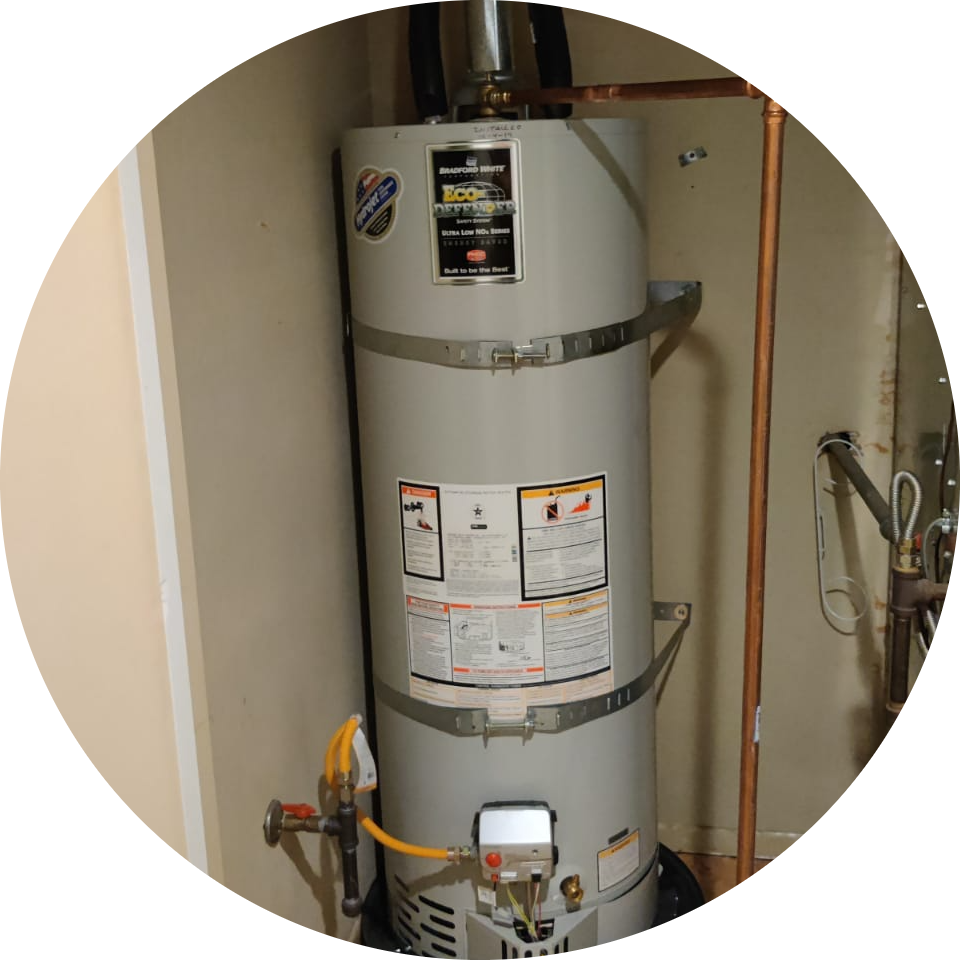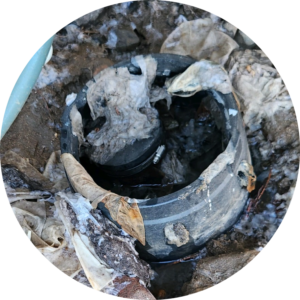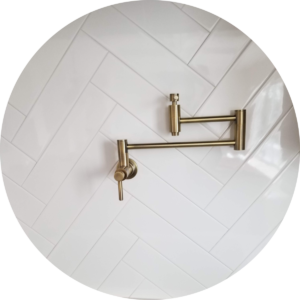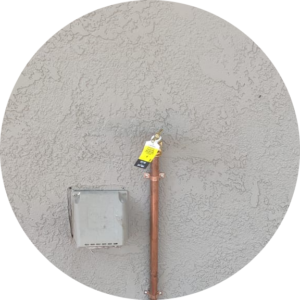Few Tips on How to Repair the Tank Water Heater from Plumber Near Me
Golden Valley Plumbing can provide you with some advice on how to fix common tanks/standard water heaters. Please be aware that dealing with water heaters can be dangerous, therefore you should always use caution and, if necessary, seek the advice of our qualified licensed plumber. You may experience the following frequent problems and troubleshooting steps:
-
No Hot Water:
- Ensure that the pilot light is on. If not, light it according to the manufacturer’s directions.
- As a rule, the thermostat should be adjusted to a temperature of 120 to 140 degrees Fahrenheit or 49 to 60 degrees Celsius.
- To make sure the water heater is receiving power, check the circuit breaker or fuse box.
-
Insufficient Hot Water:
- Verify the thermostat’s temperature setting. If required, adjust it.
- In the tank, sediment accumulation can lessen effectiveness. As directed by the manufacturer, drain the tank to eliminate any sediment.
- It’s possible that a broken dip tube will cause cold and hot water to mix. The dip tube needs to be changed as a result.
-
Leaking/Dripping Water:
- Examine leaks in each connection and each valve. Replace or tighten any broken components.
- Tank leaks are often irreversible, therefore if the tank is leaking, it may need to be replaced.
-
Unusual Sounds:
- Rumbling or popping noises may be brought on by sediment accumulation or a malfunctioning heating element. If necessary, replace the heating element or drain and flush the tank.
-
The pilot light will not stay lit:
- To clear any obstructions that might be keeping the flame from remaining lit, clean the pilot assembly.
- It’s possible that the thermocouple, which detects the pilot flame, is broken and must be replaced.
-
Water that is discolored or smells bad:
- Water discoloration can be brought on by sediment accumulation or tank corrosion. To remove sediment, drain and flush the tank; if the anode rod is severely rusted, consider replacing it.
- Bad smells could be a sign of bacterial growth. Clean the tank by flushing it with a solution of water and hydrogen peroxide or seek further advice from our specialist.
Keep in mind that these are only general recommendations and that water heater types might have needs. For complicated repairs, always follow the manufacturer’s instructions or call us for assistance. Your first concern while working with water heaters should be safety.




